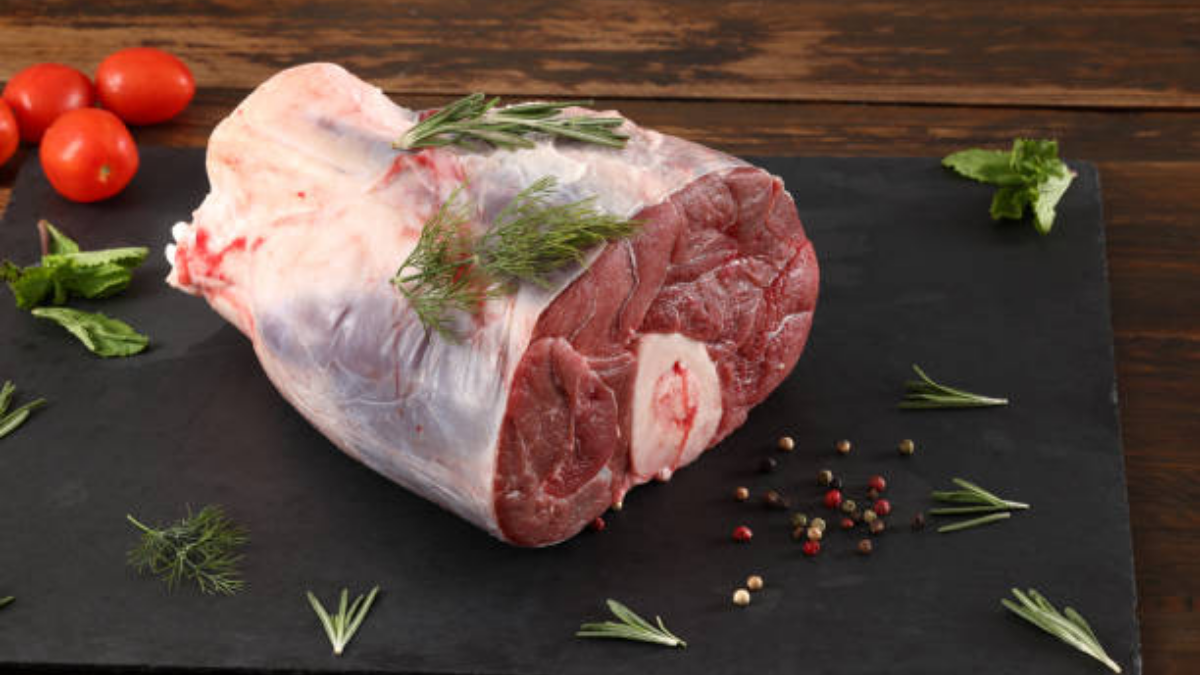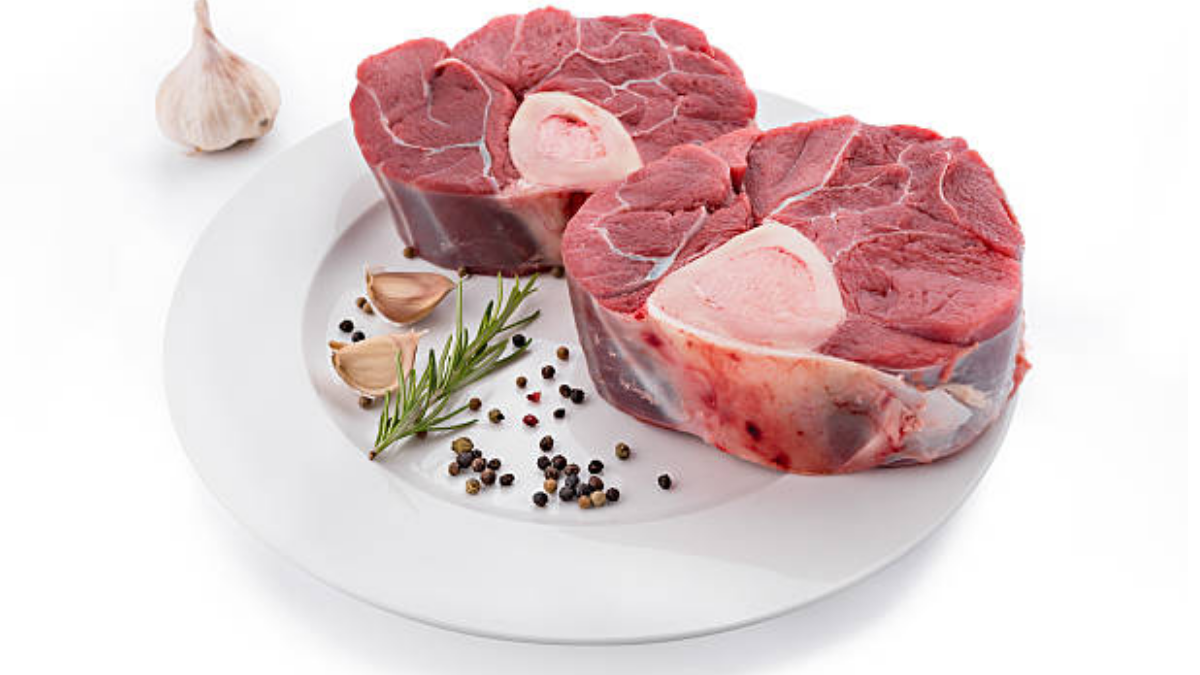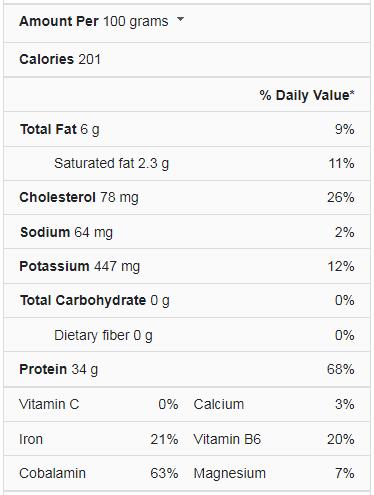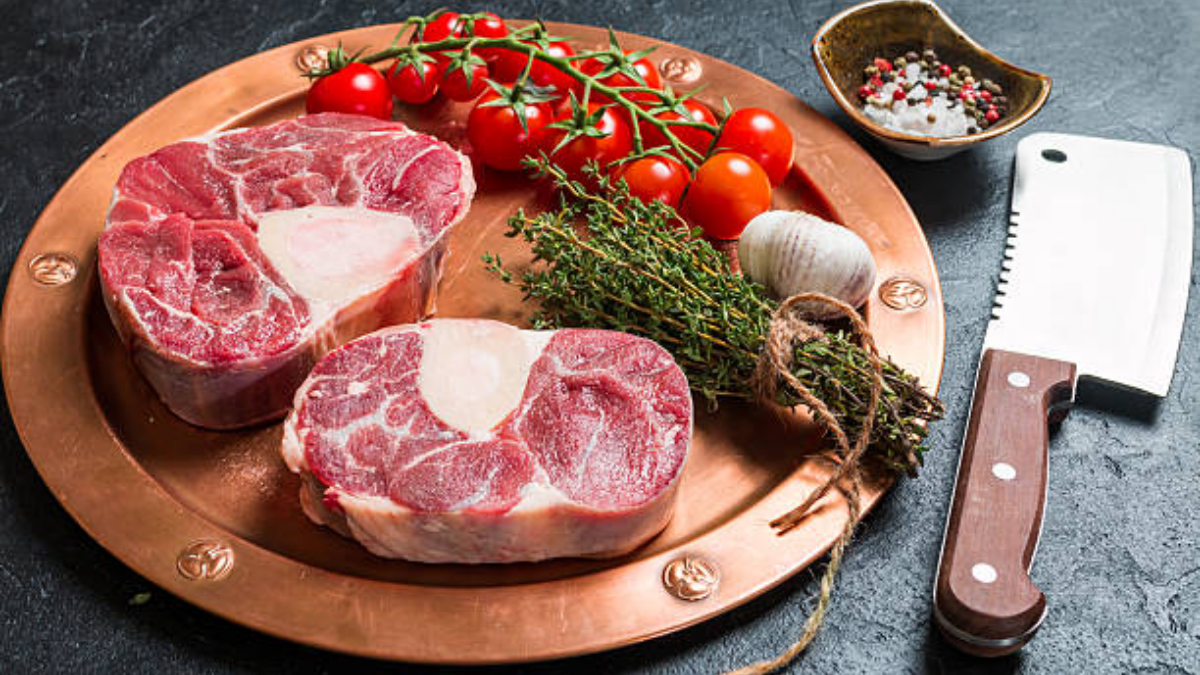Have you ever eaten beef shank? This one is the cheapest and most flavorful part of the cow. The taste improves with decreasing price of the cut. The beef shank, often known as the beef shin, is a strong muscle. For it to disintegrate and become tender, it must be cooked slowly. It is so tasty because of this. It can be used in various dishes, and I prefer to cut it and use the meat in various recipes.
Each nation has its unique meat. It could be the taste, the texture, or even how it’s cut. The likelihood that you will receive beef shank with bone is therefore high. But don’t be alarmed. Once cooked, the meat will easily slide off the large bone. Therefore, you don’t need to purchase boneless meat. Ask the butcher to remove the bone if you don’t like them. Let me explain why you shouldn’t, though, before you go.
If you’ve been a meat-eater for a while, you know how unique the flavor of meat on the bone is. All the dishes taste so much better because of the bones. There are certain health advantages to preparing these shanks as well. Although bone broth is quite the rage and trend, there is a good reason. In actuality, bones provide a lot of nutrients. Because of this, when you cook them with the bones, you get homemade beef broth rather than a simple stock. It’s like killing two cows or birds with one stone. Your choice.
Beef Shank Nutrition Facts
What is Exactly Beef Shank?
Meat slaughtered from a cow or bull’s leg is known as the beef shank. This meat is renowned for its low-fat content and rough texture compared to other beef cuts. Cattle’s leg muscles are weight-bearing; thus, they develop into thick, sinewy tissue throughout the animal’s lifetime. The resulting shank is often only utilized in a select few dishes that call for beef and allow for the required softening and tenderizing.
Another well-liked choice for very lean ground hamburger meat is the shank. Because the muscle here has thickened the greatest from everyday use, the flesh in the beef shank is typically found above the knees of the bull. Because it provides a sizable amount of beef for a reasonable price, many grocery stores sell meat that is still attached to the bone. The meat is typically divided into portions and removed off the bone by cutting it horizontally. Usually, while making beef shank for soups and stews, this step is completed.
What is the Shank Meat Cut Good for?
Because it is so lean, shank meat is a fantastic source of low-fat ground beef. It comprises stews, soups, and dishes like beef bourguignon. Shank meat is used in traditional recipes worldwide since it is a less expensive cut of meat and has long been a well-liked cut in Asia.
Osso Bucco, an Italian dish, means “bone with a hole” in English. That is how the shank beef cut is described. Wine, carrots, onions, tomatoes, and chopped celery are all cooked together in the dish. Add some gremolata, a mixture of parsley, garlic, and orange peel, as a garnish.
Other meals utilizing shank meat include:
- Cajun beef gumbo
- Rustic beef soup
- Best beef pho
- Hungarian goulash
Stew or braise shank meat for the finest results. The juiciness and tenderness of the meat are enhanced by this method of cooking. Braised or stewed shank meat offers a lot of flavorful, rich beef taste. It’s ideal for use in a crock cooker.
Keep in mind that the marrow is located in the shank bone. Utilize it in stocks or soups. Spread the marrow on some toast and top with a little sea salt. It tastes buttery and creamy.
Another benefit is that shanks have a lot of connective tissue. Collagen, the body’s primary structural protein, is the key factor here, and healthy skin, joints, and hair depend on it. Collagen is abundant in the gelatin made from beef shank bones.
How to Cut Beef Shank?
Although beef shanks have little to no fat, they can be wrapped in a thin fat coating. In some spots, the fat coating may be so thin that, if you’re not careful, you could accidentally take the flesh along with the fat.
- To remove this fat, replace your standard meat knife with a scraping knife. Using your dominant hand, poke it in the beef shank from one side and scrape it toward you while holding it taut.
- Repeat the technique from around the shank while continuing to rotate until all of the fat has been eliminated. With the same knife and a shank in one hand, gently scrape the extra fat from the corners while holding the shank in the other.
- After trimming the beef shank’s surrounding fat, there are two ways to chop it. How you cut should be determined by how you intend to cook it.
- The deboning procedure is the first technique. To use this technique, you must make a straight cut through the length of the bone. Then, using a deboning knife, make a few little cuts between the bone and the muscle.
Some Additional Factors
- To thoroughly debone the beef shank, make these cuts around the bone. Then, you can use this boneless beef shank in various barbecue dishes or even turn it into lean ground beef. Additionally, the bone itself can be used to produce cattle bone broth. Additionally, beef broth can be utilized in various recipes, including stews and soups.
- Using the second technique, a butcher’s knife is necessary for cutting a beef shank. You can cut deeply through the beef shank’s breadth using this knife. It will provide boned portions that can be cooked whole, roasted, or smoked. These portions can be cut into boned steaks one or two inches thick. These boned steaks may require more time to grill, but the flavorful steaks they produce are made possible by the inclusion of the bone.
- The beef shank pieces should always be chopped against the grain, regardless of your chosen method. The meat retains its shape when cut against the grain.
How to Buy Beef Shank?
The beef shank is typically not accessible at smaller supermarkets and grocery stores in the US. Butcher shops and stores with sizable meat sections are where you may easily find them. Additionally, you can order beef shanks from your neighborhood butcher.
But even though you ordered beef shanks, the meet cut is still reasonably priced. While typical farm cattle shanks only cost about $3 per pound, organic, grass-fed beef shanks can be purchased for $4 per pound. Beef shank labels specify whether they are fore- or hind-shanks in addition to the farm information. However, there is little distinction between them; all are excellent for smoking and barbecuing.
For your BBQ, you can hunt for other tough cuts like beef arm, chuck roast, and silverside if you can’t find beef shank. However, because there are no bones in the beef arm, chuck roast, or silverside, smoking the substitute meats won’t bring out as much flavor as it does with beef shank.
On the other hand, you can use eye round or rump roast meats to make lean mince if you’re looking for beef shanks. Minimal fat is present in eye round and rump roast cuts, and mince is nearly as fat-free as beef shanks.
How to Smoke Beef Shank?
Beef shanks can be grilled on the smoker or in a standard oven.
- Remove all of the surrounding fat before preparing the beef shanks for smoking. Set the smoker’s temperature to 250°F while you remove the fat.
- Cut the beef shanks into two-inch-thick chunks after trimming the fat. Place these pieces on the smoker grill after seasoning. Beef shanks should smoke for up to three hours with the smoker’s lid closed.
- The smoker’s temperature should be increased to 300°F after three hours, and the shank should be left smoking uncovered until it reaches 200°F internally. At this point, the meat would readily accommodate the thermometer. After removing the beef shanks from the smoker, give them 45 minutes to rest before serving them as the main course.
- Preparing a casserole dish and preheating the oven to 325°F, you may easily barbeque beef shanks in a standard oven. Any spices you wish to use to flavor the beef shanks should be added to the beef broth in the dish, and the beef shanks in the casserole should be partially buried in the liquid and spices.
- Using a spoon, carefully place the beef shanks in the casserole. Then, pour some broth over the exposed portion of the meat shanks. Although some of the taste may flow back into the dish, some will remain on the exposed shank. Place the casserole on the oven grill, and bake it for 2-4 hours.
- The number of beef shanks and the size of the casserole dish will affect the cooking time. The beef shanks can be fully cooked, and then the leftover beef broth can be thickened in a skillet and used to sear the meat before serving it briefly.
Conclusion
When smoked, braised, or cooked sous vide-style, the lean beef shank produces a flavorful dish. We have covered every aspect of the shank’s flavor and texture, as well as its preparation and warning signs at the butcher counter. The forearm and upper hind legs of the steer are where the tough meat known as the beef shank is found. We can transform that tough chunk of beef into a tender plate of barbecue meat with the proper handling and cooking method.



